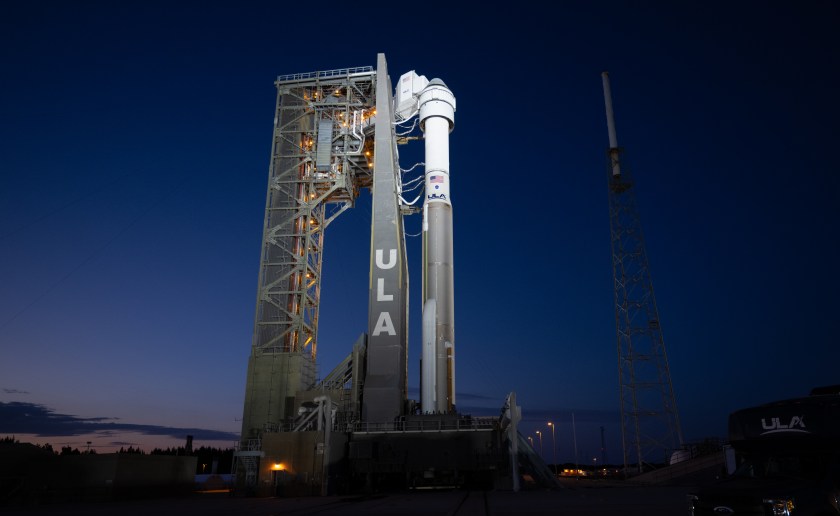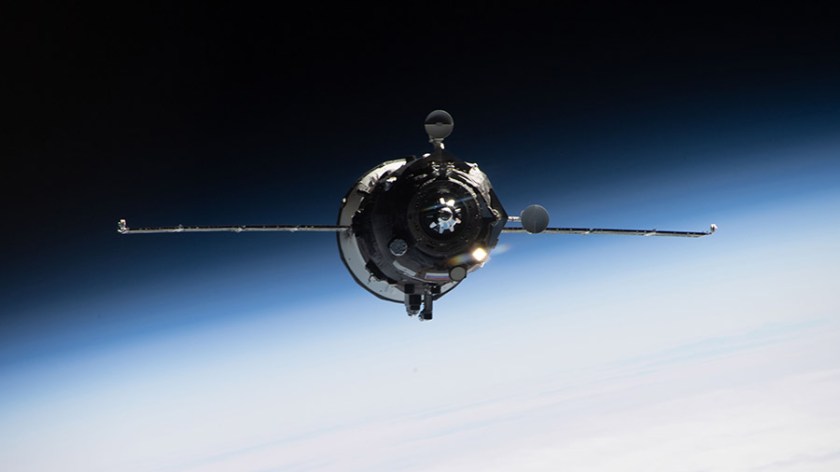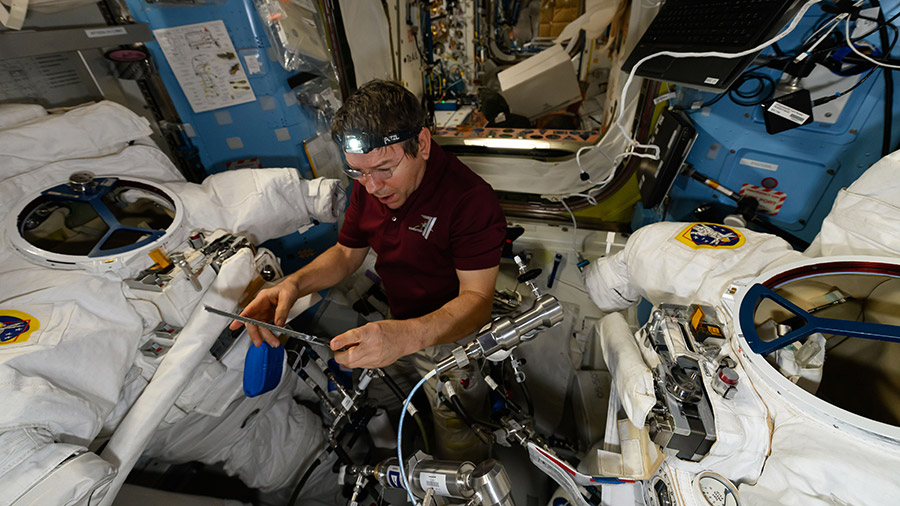
In less than 24 hours, NASA astronauts Butch Wilmore and Suni Williams will be the first to launch aboard Boeing’s Starliner spacecraft to the International Space Station as part of the agency’s Commercial Crew Program.
NASA, Boeing, and ULA (United Launch Alliance) are ready for the Saturday, June 1, launch of the agency’s Boeing Crew Flight Test. The partners made the announcement during a prelaunch media briefing held earlier from NASA’s Kennedy Space Center in Florida.
“I’m very proud of the teams who have worked really hard the last two and a half weeks to prepare for launch,” said Steve Stich, manager, NASA’s Commercial Crew Program. “We’re really ready to go fly.”
Launch weather officers with the U.S. Space Force’s 45th Weather Squadron predict a 90% chance of favorable weather conditions for tomorrow’s launch, with ground winds and the cumulus cloud rule being the primary weather concerns.
The integrated ULA Atlas V rocket and Starliner spacecraft stack rolled out to the pad at Space Launch Complex-41 at Cape Canaveral Space Force Station on May 30 in preparation for liftoff. Meanwhile, Wilmore and Williams have remained in preflight quarantine inside the Neil A. Armstrong Operations and Checkout Building following their return to the Florida spaceport on May 28.
“We look forward to flying this mission. This is a test flight; we know we’re going to learn things,” said Mark Nappi, vice president and program manager, Commercial Crew Program, Boeing. “We are going to improve, and that improvement starts with the Starliner-1 mission and it will be even better than the mission we’re about to fly.”
The mission will send Wilmore and Williams to the orbiting laboratory for about a week before Starliner makes a parachute and airbag-assisted landing in the southwestern United States.
After successful completion of the mission, NASA will begin the final process of certifying Starliner and its systems for crewed rotation missions to the space station. The Starliner capsule will carry four astronauts, or a mix of crew and cargo, for NASA missions to low Earth orbit.
Watch a replay of the media briefing on YouTube.
Liftoff is scheduled for no earlier than 12:25 p.m. Saturday, June 1. NASA will provide live launch coverage beginning at 8:15 a.m. on NASA+, NASA Television, the NASA app, YouTube, and the agency’s website. Learn how to stream NASA TV through a variety of platforms including social media.









